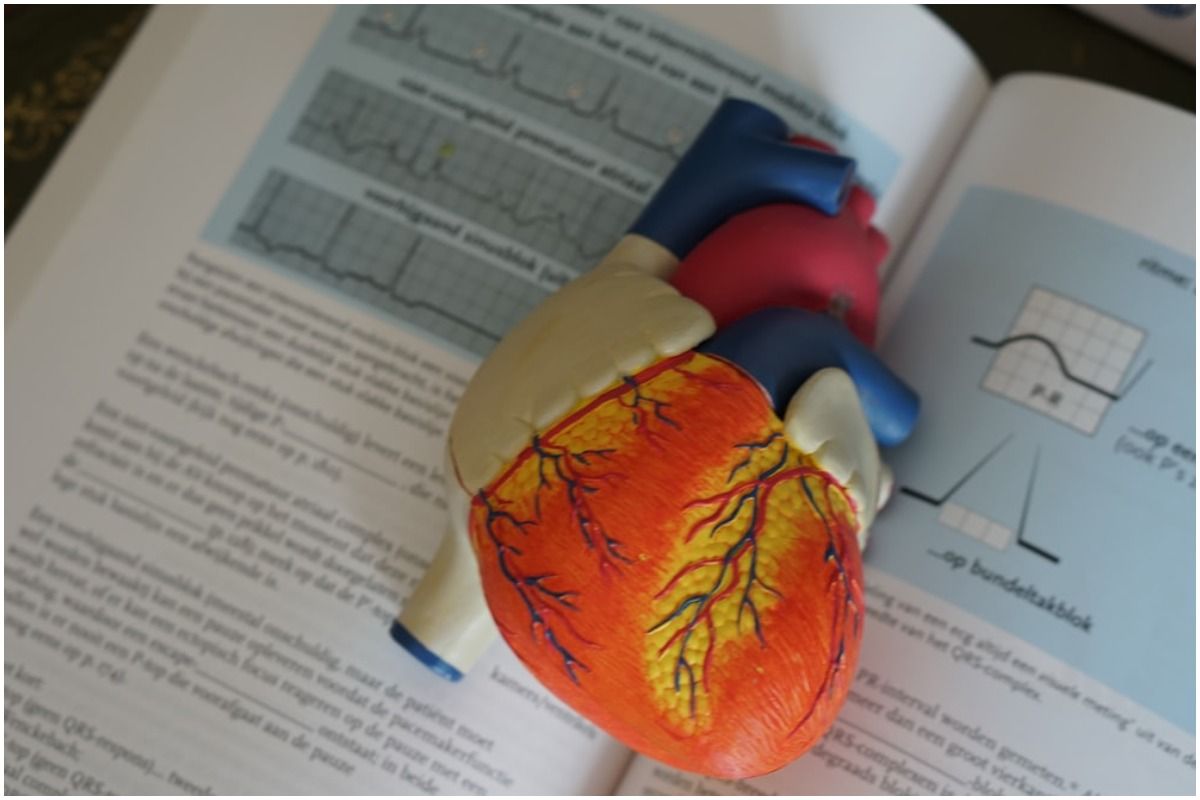A study done by the University of Texas Southwestern Medical Centre suggests that a stress signal that is received by the heart from fat can be used as protection against cardiac damage done by obesity. This key finding was published in Cell Metabolism which explains the obesity paradox. In this phenomenon, people who are obese have better short and medium-term cardiovascular disease prognoses as compared to people who are lean and thin. However, obese people have a long-term worse outcome.
Philipp E. Scherer, Ph.D., Professor of Internal Medicine and Cell Biology at UTSW has studied fat metabolism. He said,” The mechanism we have identified here could be one of many that protect the heart in obesity.”
According to Clair Crewe, Ph.D., Assistant Instructor of Internal Medicine at UTSW and study co-leader, the metabolic stress of obesity dysfunctions the fat tissues which lead to mitochondria (the powerhouse of the cell) shrinking and dying of cells. Lipids are generated by excess calories in food. The fat loses the ability to store lipids which causes organ poisoning through an effect called lipotoxicity.
The researchers used a genetic technique to measure the speed of loss in mitochondria mass and function in mice. They found out that after the animals became obese, the fat cells begin sending out extracellular vesicles. These were filled with tiny pieces of mitochondria which were dying.
A few mitochondria particles went through the bloodstream to the heart. This triggered oxidative stress which generated harmful free radicals. To defend themselves, the heart cells produced a huge amount of protective antioxidant molecules. The backlash was so strong that the scientist had to inject extracellular vesicles with mitochondrial snippets on mice and later, induced a heart attack. The damage done to their hearts were less as compared to those who had not received an injection.
Dr. Crewe explained that human beings go through the same drill as well. The effects that were observed in the mice, had the same effect on human beings too.
She said,” By better understanding the distress signal from fat, we may be able to harness the mechanism to improve heart health in obese and non-obese individuals alike.”
Jan-Bernd Funcke, Shujuan Li, Nolwenn Joffin, Christy M. Gliniak, Alexandra L. Ghaben, Yu A. An, Hesham A. Sadek, Ruth Gordillo, Yucel Akgul, Shiuhwei Chen, and Christine M. Kusminski, all of UTSW; Dmitri Samovski and Samuel Klein of Washington University School of Medicine in St. Louis; and Pamela Fischer-Posovszky of Ulm University Medical Center in Germany, are the other researchers who contributed to this study.
(With inputs from ANI)
